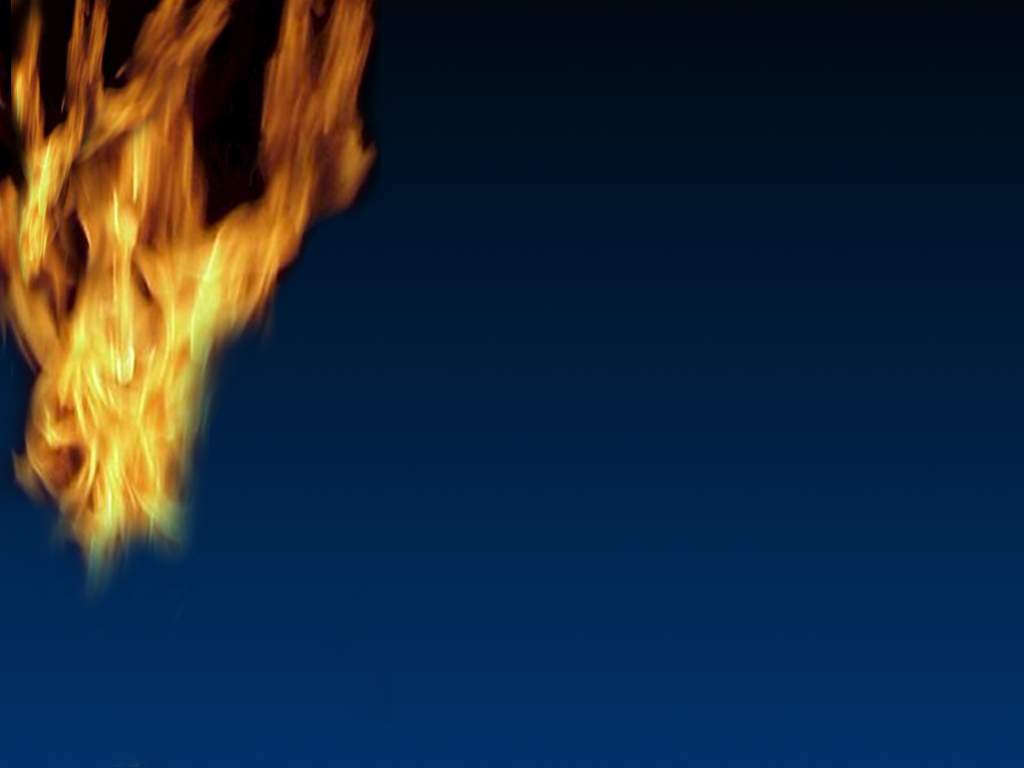- Why folk dancing? Folk dancing is fun!
- Folk dancing can be as simple or as complex as desired
- Non-team members can join in and get "up to speed" pretty quickly
- It's a great introduction to employing one's whole being in worship and praise
- Simple steps and patterns can be applied to different songs to create new choreographies quickly and in the moment, if the group has one common vocabulary
- Folk dancing can be used to put us or keep us in touch with our spiritual roots
History of folk dancing
- The use of Hebrew folk dance as a source for congregational dance, troupe dance, festive trans-congregational occasions brings commonality
- Hebrew folk dance was originally interpretive, as was much ethnic folk dance.
- Hebrew dance, however, was based not on myth or local tradition; it was based on a common language, a common faith, a common Book and historical events.
- Hebrew folk dance was often not just a celebration. It was intercession in motion. Prayers set not just to music, but to movement. Looking at the Psalms, you'll often see names that are known to be dances. Look at the content of those Psalms and see that many are prayers!
Applications and Aspirations
- It's FUN! Fun invites participation.
- There was a purpose to the movements. Let's restore purpose to movement, not just encourage fluffy worship! Movement with intention.
- Common dance vocabulary enables easy incorporation of different people or teams into one united statement of praise, worship, or intercession.
- Hebrew folk dance can help us get back in touch with our spiritual roots and bring a freshness to spiritual activity, to spiritual and parish life.
For women involved in dance, much of Hebrew folk dance philosophy can be a good tool to encourage the men of the congregation to enter into the physical aspects of worship, praise, and intercession. Doing things that others have done before-and that was accepted in that setting-means that men are generally less threatened. When they realize that it was the MEN of Israel that danced, and that it IS the men of Israel that dance, that can sometimes break down previously impervious barriers.
Scriptural basis:
Song of Solomon 6:13: Come back, come back, O Shulammite;Come back, come back, that we may gaze at you!....Why should you gaze at the Shulammite,As at the dance of the two companies? NASB
Ex. 15:19-20 For the horse of Pharaoh went in with his chariots and with his horsemen into the sea, and the Lord brought again the waters of the sea upon them; but the children of Israel went on dry land in the midst of the sea. And Miriam the prophetess, the sister of Aaron, took a timbrel in her hand; and all the women went out after her with timbrels and with dances.
Ps. 30:11 Thou hast turned for me my mourning into dancing: thou hast put off my sackcloth, and girded me with gladness.
1 Pet. 2:9 But ye are a chosen generation, a royal priesthood, an holy nation, a peculiar people; that ye should shew forth the praises of him who hath called you out of darkness into his marvelous light:






















